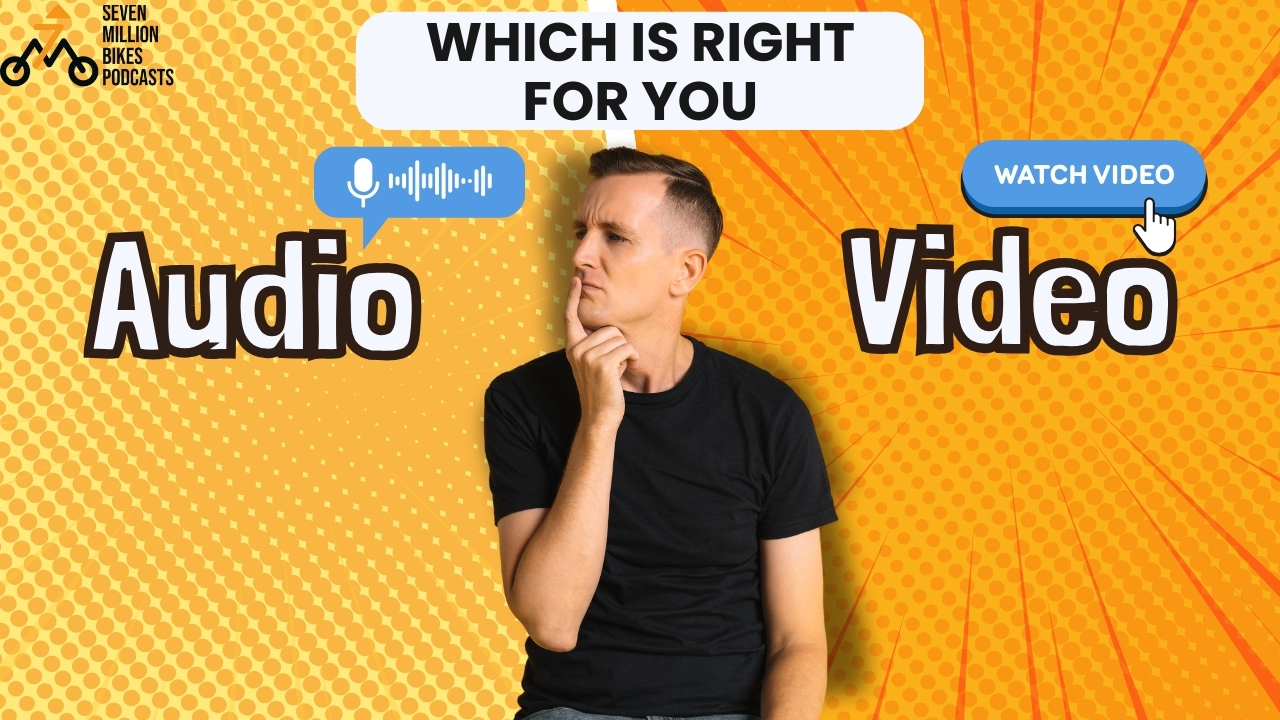A Comparision: Audio vs Video Podcasts
Podcasting, once synonymous with audio storytelling, has grown into an expansive universe where creators have harnessed the power of visuals to enhance their narratives. Yes, you guessed it right – I’m talking about the rise of video podcasts. Are you hesitating about choosing audio vs video podcast?
I’m Niall Mackay, founder of Seven Million Bikes Podcasts. Over the years, I’ve witnessed the podcasting landscape undergo a remarkable transformation, evolving beyond its traditional boundaries of audio podcasts only.
Video podcasting, a fresh and exciting podcast format, is still stretching its legs in the world of content creation. While it might not be as widespread as its audio counterpart, this is where the thrill of exploration comes into play.
It doesn’t matter if you’re an experienced podcast, want to try new things, or just you’re a new podcaster don’t know what to choose between these two, this blog post will tell you all the things you need to know about audio and video podcasts.
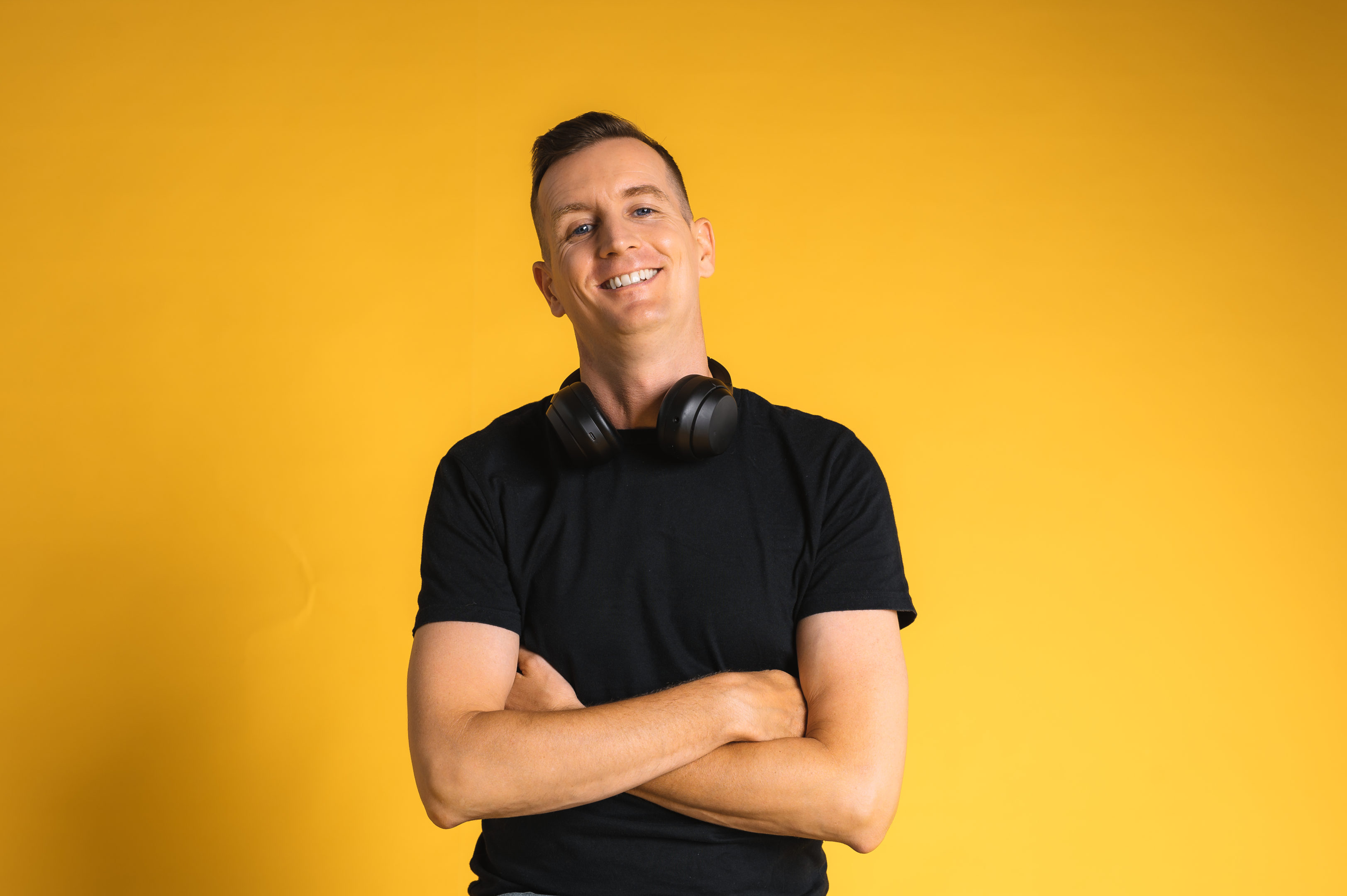
Table of Contents
Defining Audio and Video Podcasting
Before starting your podcasting journey and making the critical decision of which format suits you best, it’s essential to peel back the layers and truly grasp the nature of podcasting. Podcasting isn’t just about speaking into a microphone or recording videos; it’s a dynamic medium that thrives on authenticity, connection, and meaningful content delivery.
Audio Podcast
An audio podcast is a digital medium of content distribution that primarily involves the creation and dissemination of audio files, typically in an episodic format. It’s a form of on-demand broadcasting that allows individuals or organizations to produce and share audio content with a wide podcast audience across various platforms.
This form is the traditional answer to the question of what is a podcast.
Here are some things you need to know about audio-only podcasts:
Audio-Centric Format
Audio podcasts are primarily focused on delivering content through spoken words, conversations, interviews, narration, and discussions. This format relies on audio cues to engage listeners and convey information.
That’s why podcast hosts usually have a nice voice. A podcast host’s voice is like the instrument through which the symphony of your content is played. Just as a skilled conductor can make an orchestra come alive, a podcast host with a captivating voice can breathe life into your episodes.
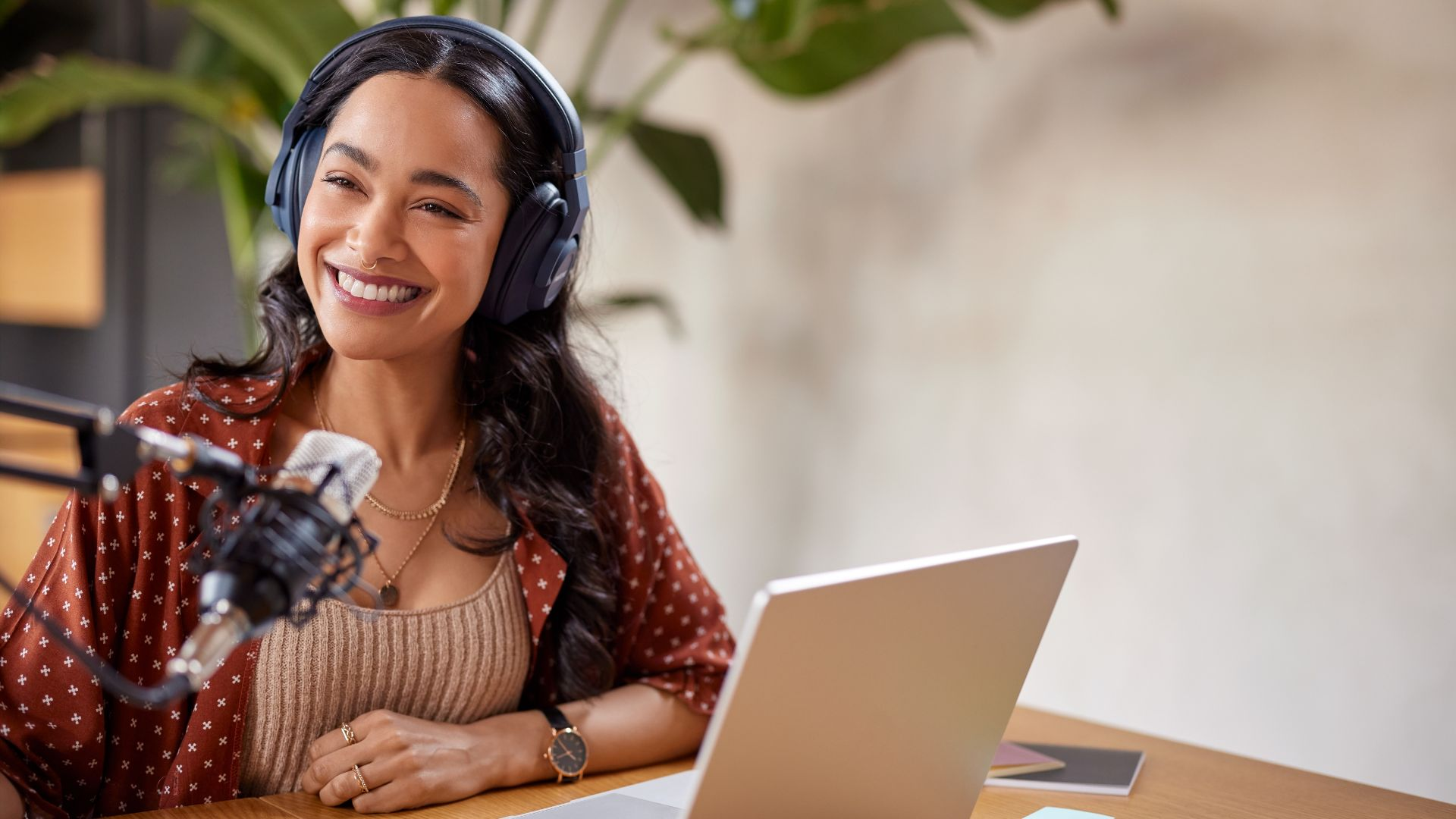
Audio Quality
When listeners tune in to your audio podcast, their primary sensory input is auditory. Unlike visual mediums, where distractions may be subtle, the audio realm demands undivided attention. Crystal-clear audio ensures that your message is conveyed with precision and impact, holding your audience’s attention throughout the episode.
Invest in high-quality recording equipment and soundproofing to ensure crystal-clear audio. Minimize background noise, echoes, and disruptions that could distract listeners from your message
Distribution Channels
Audio podcasts are distributed through podcast directories and platforms such as Apple Podcasts, Spotify, Google Podcasts, and more. These platforms make it easy for listeners to subscribe, download, and listen to episodes.
Video Podcast
A video podcast, also known as a vodcast or vidcast, is a modern evolution of traditional podcasting that integrates video content alongside audio elements. Similar to its audio counterpart, a video podcast is produced in an episodic format and distributed online, but it adds a visual dimension to the content through the inclusion of video footage.
YouTube videos and video podcasts both offer visual engagement, but they each come with distinct features and considerations. YouTube videos are a potent tool for discoverability, engagement, and monetization, suited for a wide range of content. On the other hand, video podcasts offer a more focused and engaged audience, the opportunity to enhance your audio podcast, and a versatile approach to repurposing content.
Key features:
Audio Focus with Visual Enhancement
Video podcasts retain their roots in audio content, featuring conversations, storytelling, and discussions. Visual elements, such as video footage of hosts and guests, slides, or demonstrations, enhance the listening experience without overshadowing the primary audio content.
Content Repurposing
Video podcast content can be repurposed into shorter clips, promotional videos, or teaser trailers, increasing the content’s reach and engagement across multiple platforms.
Platform Diversity
Video podcasts can be distributed on multiple platforms beyond traditional podcast apps. As in video format, your podcast episodes can be posted on YouTube, social media platforms, and dedicated video hosting sites that can reach wider audience.
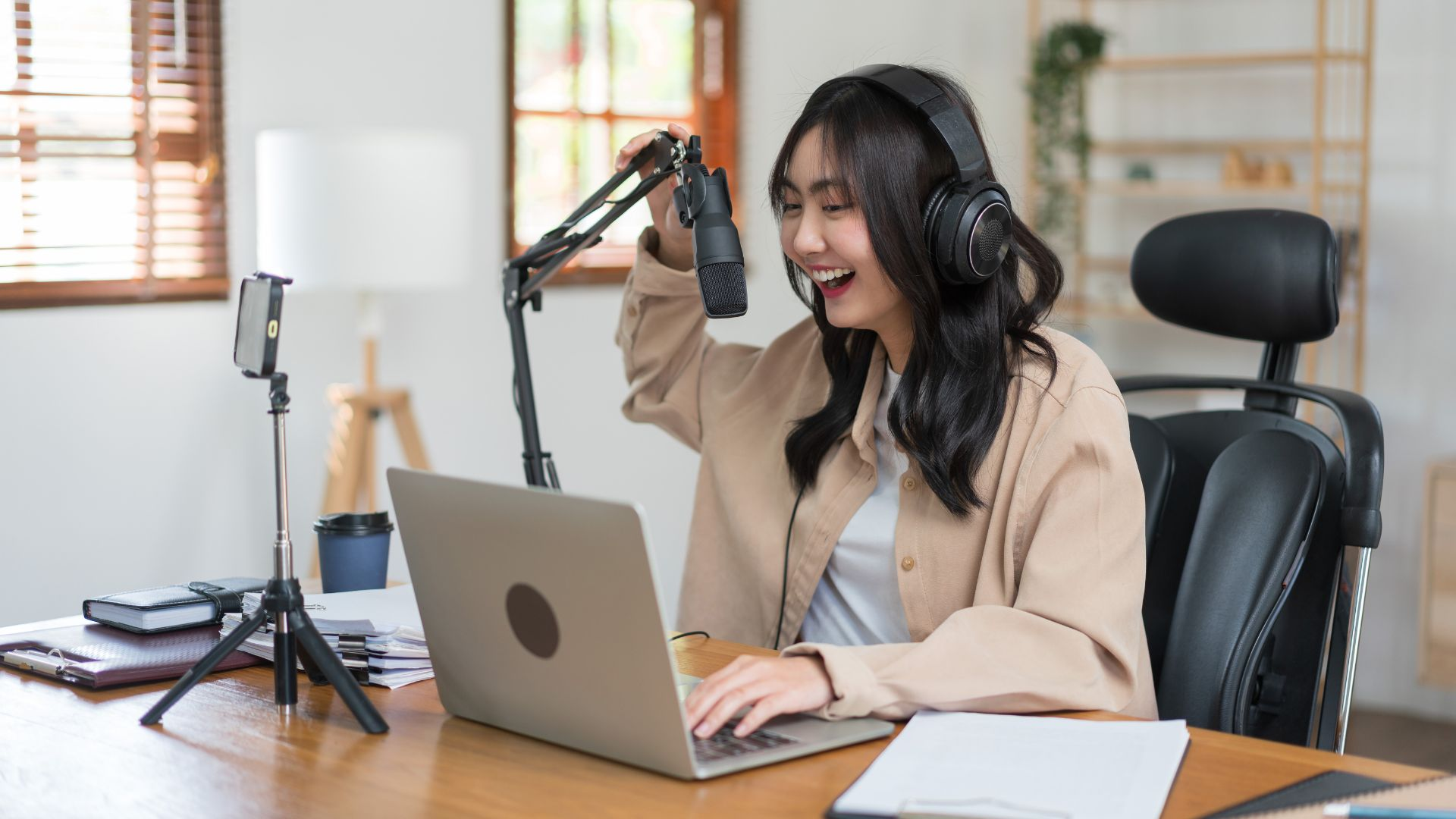
Audio Podcasts – Pros and Cons
Each format offers its own pros and cons,
A. Benefits of Audio Content
- Portability and Convenience
One of the significant advantages of audio podcasts is their portability. Listeners can enjoy podcasts while engaging in other activities, such as commuting, exercising, cooking, or even working. This convenience allows your audience to make the most of their time and consume content without being tied to a screen.
The audio format allows listeners to multitask while consuming content. Whether they’re commuting, exercising, or doing household chores, listeners can seamlessly integrate podcast listening into their daily routines.
- Production Simplicity
It’s also more convenient for podcasters as audio recordings require less equipment compares to the video production process. Producing audio podcasts requires fewer resources and technical expertise compared to video production. With a good-quality microphone, recording software, and editing tools, you can create high-quality audio content without the need for complex equipment or extensive post-production work.
Audio podcasts generally require less editing and post-production work compared to video podcasts. This can result in a quicker turnaround time for producing and releasing new episodes. You can choose an audio format if you aim to choose a friendly-budget option.
- Engagement and Imagination
Audio content allows listeners to use their imagination, creating a more personalized and immersive experience. It encourages active engagement as listeners visualize scenarios and concepts based on the host’s narration.

B. Drawbacks of Audio Content
- Less Versatility in Content Types
Video podcasts can encompass various types of podcasts, including interviews, demonstrations, tutorials, and vlogs. Audio podcasts, while versatile in their own right, may have limitations in conveying specific content formats.
- Lack of Visual Content
Audio podcasts lack video elements, which can limit your ability to convey certain types of information or engage audiences who prefer visual learning. Complex visual concepts or demonstrations may be challenging to communicate effectively through audio alone.
While audio podcasts are often consumed while multitasking, this can also lead to distractions that hinder full engagement with the content. Listeners might miss out on subtle cues or details if their attention is divided.
- Fewer Monetization Opportunities
Audio content is less discoverable through traditional search engine optimization (SEO) practices compared to video content. While podcast directories exist, audio podcasts may have more difficulty attracting new listeners through web searches.
Monetizing audio podcasts can be challenging, especially when compared to video platforms that offer various advertising and sponsorship opportunities. Generating revenue solely through audio podcasting might require more creativity and strategic partnerships.
Video Podcast – Pros and Cons
A. Benefits of Video Content
- Visual Element
Video podcasts offer demonstrations, tutorials, product reviews, and other visually oriented content. Viewers can see step-by-step instructions, making it easier to understand complex concepts or processes.
Video podcasts offer a more immersive and engaging experience compared to audio-only formats. Visual elements, facial expressions, body language, and on-screen interactions can captivate and retain viewers’ attention.
Moreover, video recordings can leverage visual humor, visual gags, and comedic expressions that enhance entertainment value. These elements can contribute to a more enjoyable and engaging viewing experience.
- Broadened Reach and Discoverability
Video platforms like YouTube offer powerful search and recommendation algorithms, increasing the chances of your content being discovered by new audiences and expanding your reach.
Video podcasters can benefit from this format as it offers various monetization avenues, including ad revenue, sponsorships, merchandise sales, and premium content subscriptions, enabling creators to generate income and sustain their podcasting efforts.
Audiences have diverse preferences when it comes to content consumption. Offering both audio and visual options allows creators to cater to different audience segments and reach those who prefer video content.
- Audience Connection
Video podcasts create a stronger personal connection between hosts and viewers. Seeing the host’s face and expressions fosters a sense of familiarity and authenticity, which can lead to a loyal fanbase.
Besides, Video podcasts can be live-streamed, live video allows hosts to interact with viewers in real-time through comments, polls, and Q&A sessions. Live interactions foster a sense of community and immediate engagement.
B. Drawbacks of Video Content
- Higher Production Demands
Video podcasts come with higher production requirements compared to their audio counterparts. Creating compelling visual content involves additional equipment, such as podcast cameras, good lighting, and editing software.
The production process becomes more time-consuming and may require a steeper learning curve. Editing video content is generally more complex and time-intensive than editing audio. Syncing visuals, managing multiple camera angles, and incorporating graphics require advanced video editing skills and software.
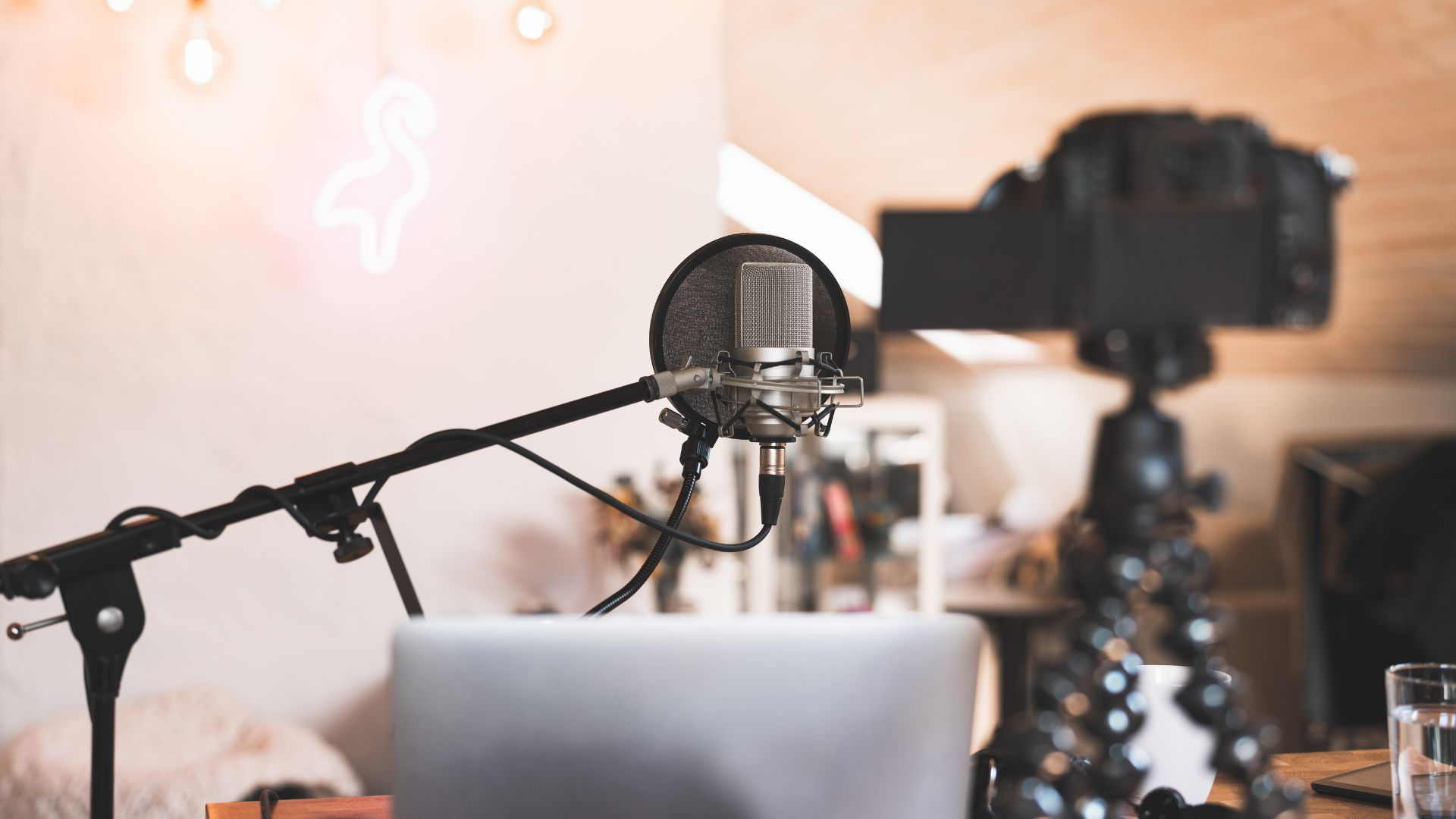
- Visual Distractions and Screen Dependency
While visuals enhance engagement, they can also be distracting. Viewers may focus more on the visual elements than the content itself, leading to reduced comprehension and retention. Additionally, excessive screen time from consuming video content can contribute to screen fatigue and digital burnout.
- Higher Storage and Hosting Costs
Video files are larger than audio files, leading to increased storage and hosting costs. Creators may need to invest in more storage space or opt for premium hosting plans, adding to the financial considerations of producing video podcasts.
Can I Choose Both?
Yes, of course. You can choose to create both audio and video podcast formats. In fact, many content creators and podcasters opt for this approach to reach a wider audience and provide content in multiple formats. Choosing both formats allows you to leverage the unique advantages of each while catering to the different preferences and consumption habits of your audience.
Some opportunities that combining these two formats offers:
Content Repurposing
Create a video version of your audio podcast by recording your podcast sessions on camera, especially if you have guests in your episode. Video podcasts can be particularly effective for guest interviews, panel discussions, or live recordings.
This allows you to maintain the same content while providing a visual element. You can upload these video podcast episodes to platforms like YouTube or Vimeo.
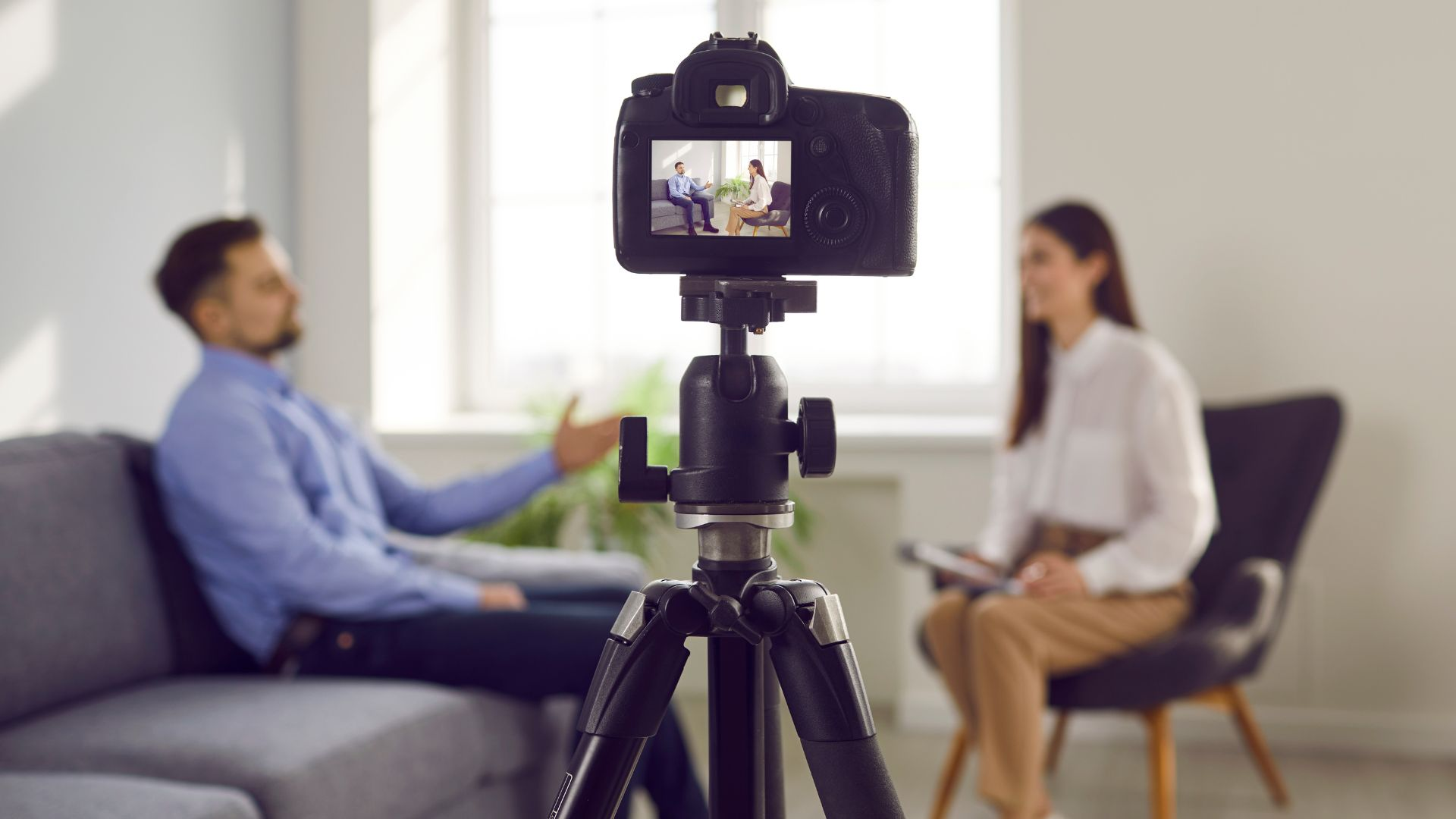
Cross-Promotion
Promote your video podcast episodes on your existing audio podcast platform. Mention in your audio episodes that a video version is available and provide a link or instructions for viewers to access it.
Use video podcasts to showcase your branding and personality visually. Your on-screen presence, gestures, and expressions can help reinforce your brand identity and create a more memorable connection with your audience.
Visual Enhancements
If you’re seeking the answer of how to make your podcast go viral, try video podcasts.
Consider creating video highlights or clips from your audio podcast episodes. These short video segments can be shared on social media platforms to attract new viewers and drive traffic to your full episodes.
While recording your audio podcast, you can also create visual content to accompany the audio, such as slides, images, or graphics. This hybrid approach adds a visual element without the need for full video production.
Besides audio podcasts on podcast directories, I also record video versions to post on other platforms like Facebook to promote podcasts on social media.

Besides the benefits it gives, choosing both formats also has challenges:
Double the Production Workload
Creating both audio and video versions requires more time and effort. You’ll need to record audio and video simultaneously, which can be logistically challenging. Additionally, editing and processing both formats can be time-consuming.
You may need to hire more podcast producers or a professional cameraman to help. If you’re looking for a podcast production team, contact me here.
Equipment and Technical Requirements
Video production involves additional equipment such as cameras, lighting, and video editing software. Ensuring consistent audio and video quality can be complex.
You may need you to upgrade and pay for these tools if you want to record both audio and video. Some recording and editing software that can offer both formats:
- Descript
- Adobe Premiere Pro
- Audacity
- Camtasia
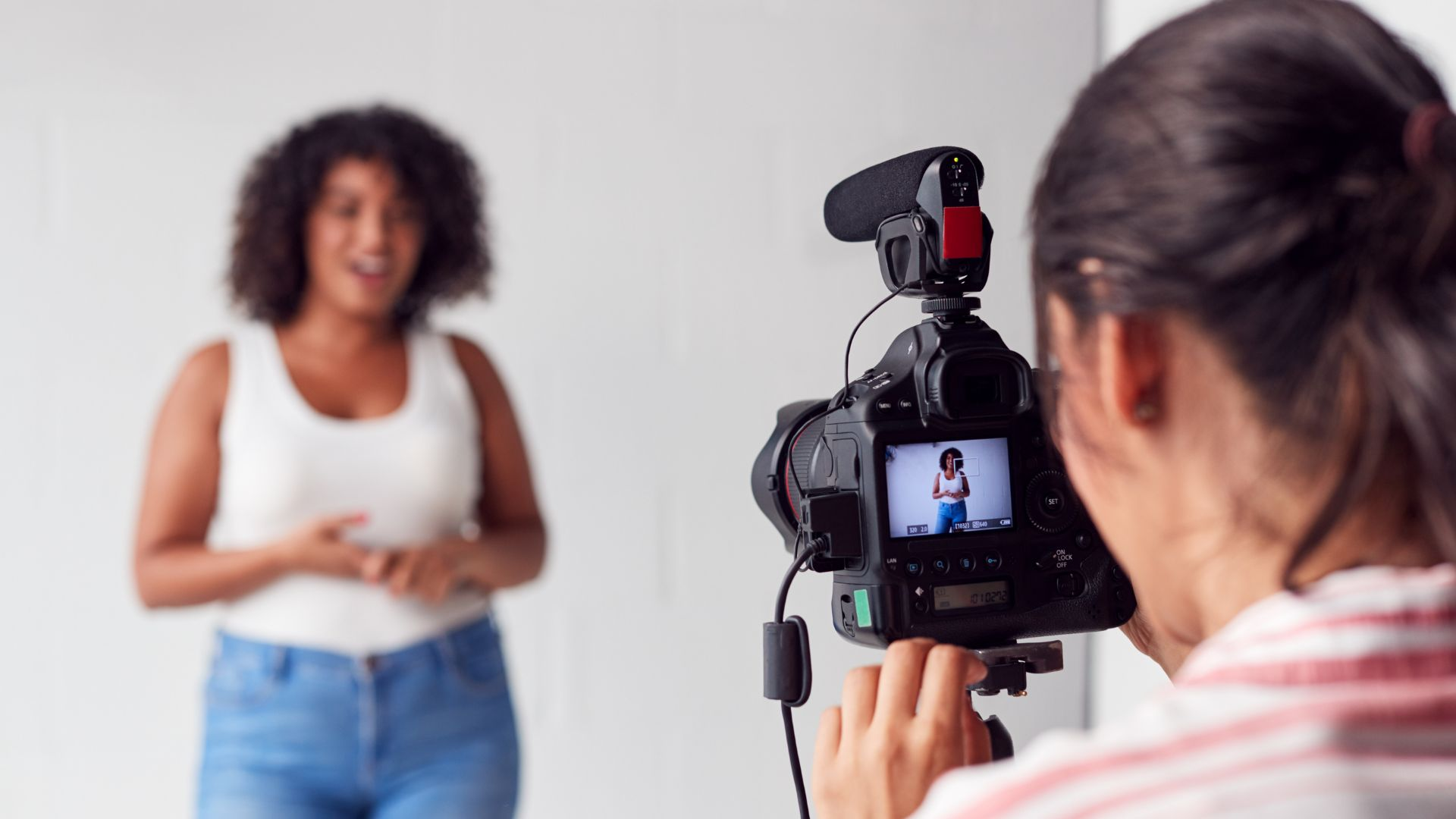
Audio vs Video Podcasts- Conclusion
Have you made your own decision yet? I hope so.
There’s no one-size-fits-all answer. The key is to align your choice with your podcast’s identity and your audience’s preferences. Whether you choose audio, video, or both, what matters most is the passion and dedication you bring to creating compelling, valuable, and engaging content that resonates with your listeners and viewers.
Want more podcasting advice? I Can Help You!
With my services, I can help you make your podcast dream come true. From recording, hosting and especially editing, you can focus fully on producing quality content and leave the burden to my team.
Podcasters out there, if you have your podcast community with dedicated listeners, it’s time to turn them into loyal buyers! Let me help you with 5 secrets in my FREE E-book!
Don’t miss out on this opportunity to boost your podcast’s revenue.

